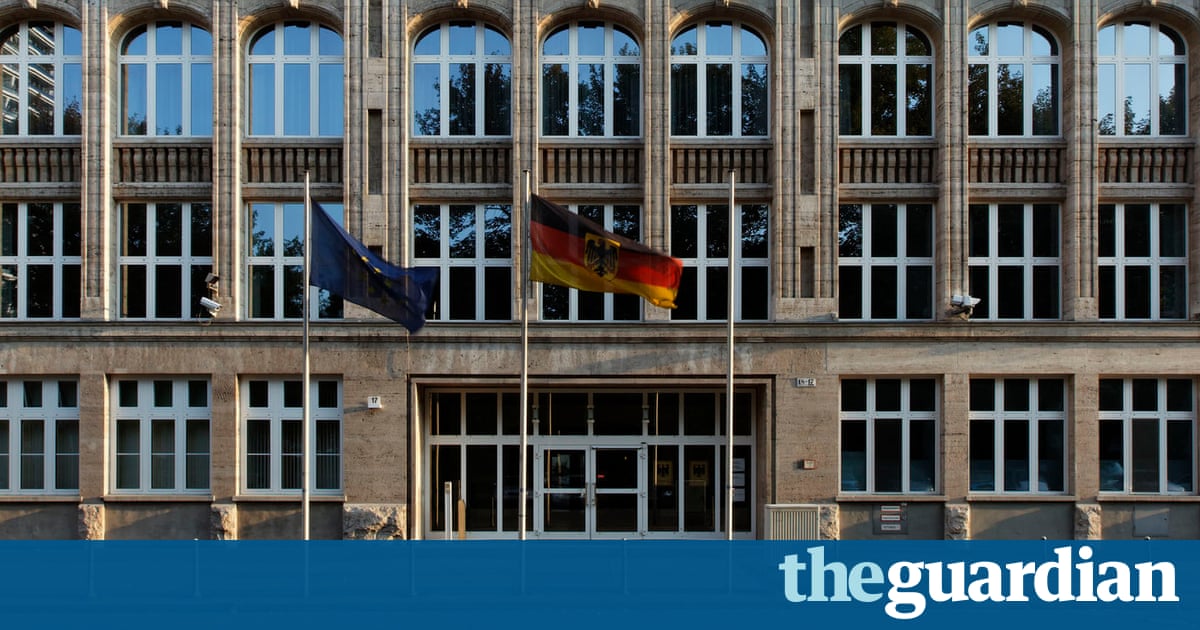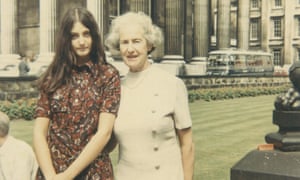Familys quest for truth reveals top insurers link to SS death camps

Dina Gold researched her familys Berlin past and uncovered a dark secret dating from the Nazi era

When Dina Gold began searching for the Berlin property seized from her family by the Nazis in the 1930s, she had little idea she would unearth a dark secret how the SS paid millions in premiums to insure a key part of Auschwitz and other death camps to what is still one of Germanys top insurance companies.
Gold, a former BBC reporter now living in Washington, wrote earlier this year about her quest to find the massive Berlin building that had housed the headquarters of fur traders HWolff, owned by her grandparents, which was taken over by the Nazis in 1937, four years after Adolf Hitler came to power.
Stolen Legacy related how her search was prompted by the stories her grandmother, Nellie Wolff, told of her familys life in pre-Nazi Germany and how they had owned a huge building in the centre of Berlin, which served as the headquarters of their successful business. Nellie died in 1977, leaving nothing to help locate the property or prove its ownership. When the Berlin Wall fell in 1989, Gold set out to find the truth.
Some in the family were sceptical, but Gold had listened to Nellie, who had enthused: Dina, when the Wall comes down and we get back our building in Berlin, well be rich. She began a trawl of documents and identified the building Krausenstrasse 17/18 by unearthing a 1920 trade directory. Built by Golds great-grandfather in 1910, it was foreclosed upon by the Victoria Insurance Company in 1937 and transferred to the Deutsche Reichsbahn, Hitlers railways that later transported millions of Jews to death camps.
After Golds book was published, an executive of Ergo, the company that now owns the insurer, allowed her to see the archive recording the activities of the firm during the Nazi era. They revealed that the SS, which ran factories in the camps at Auschwitz, Buchenwald and Stutthof, close to what is now Gdansk, paid a consortium of firms, including the Victoria, premiums of 3.7m reichsmarks a year (320,000 at 1939 exchange rates) to insure the factories.
They didnt insure the workers, says Gold. They were too easily replaced.
The death camp factories described as German equipment works were run by the Deutsche Ausrstungswerke, wholly owned by the SS. The archive showed the close link between the factories and the concentration camps. One read: Special security patrols are not taking place because the workshop is located in the grounds of the concentration camp, which is under permanent military guard.

The Victorias head, Kurt Hamann, was awarded Germanys highest civilian honour, the Federal Cross of Honour, after the war and had a fellowship named after him at Mannheim University. Gold discovered documents linking him to the forced sale of the Wolff building, and Hamann was listed in a book by the War Office in London in 1944 called Whos Who in Nazi Germany.
The archive revealed how the Victoria held a mortgage on Krausenstrasse 17/18, which it also insured. Once the Victoria foreclosed on the mortgage the Wolffs had paid their premiums, but the Nazis decreed all businesses had to be taken out of Jewish hands the insurer sold the building to the German state railways. Herbert Wolff came away with the sterling equivalent of 100. He left Germany, emigrated to British-mandated Palestine and divorced his wife. His children (including Golds mother, Aviva, who would be sent to Britain by Nellie at the age of 14) followed.
At the end of the war, the building was taken over by the East German railways. When the Wall fell, the new German railway became the owners and 20 years ago a deal was struck giving the Wolff family 8m.
Gold quotes Rudolf Vrba, who escaped from one of the factories, who wrote: My job was painting ski boards [it was the time of the severest winter fighting on the Russian front]. We had to finish a minimum of 110 pieces a day. Anyone who could not complete that amount was flogged in the evening. We had to work very hard to avoid the evening punishment. Another group manufactured boxes for shells. On one occasion 15,000 such boxes … were found to be a few centimetres shorter than ordered. Thereupon several Jewish prisoners … were shot for sabotage.
Alexander Becker from Ergo said: We are very open about this. This is nothing to be proud of. We have known about the link between the Victoria and the camps for several years.
Hamanns honour has been rescinded, the university fellowship is no more, and a plaque at the family building records that Krausenstrasse 17/18 used to be the HQ of HWolff fur company, one of Berlins oldest Jewish fashion firms.
Gold said: You can call it a granddaughters revenge.
Stolen Legacy: Nazi Theft and the Quest for Justice at Krausenstrasse 17/18, Berlin, by Dina Gold, is available from the Guardian bookshop
Read more: https://www.theguardian.com/world/2016/nov/26/family-search-for-truth-reveals-nazi-secret